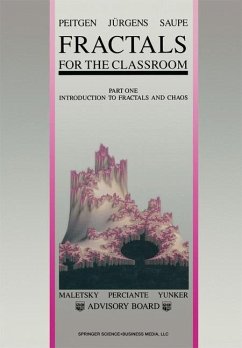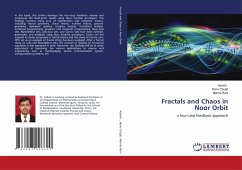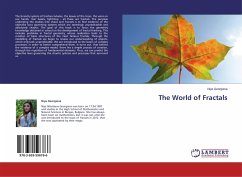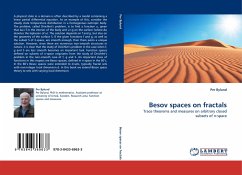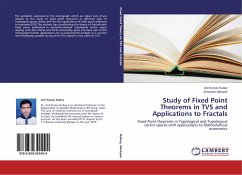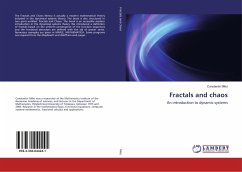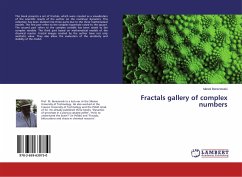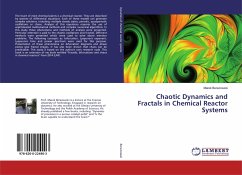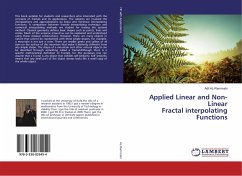
Applied Linear and Non-Linear Fractal interpolating Functions
Versandkostenfrei!
Versandfertig in 6-10 Tagen
33,99 €
inkl. MwSt.

PAYBACK Punkte
17 °P sammeln!
This book suitable for students and researchers who interested with the concepts of fractals and its applications. The subjects are involved the interpolations and approximations via linear and nonlinear interpolating functions. A comparison between fractals interpolating technique and numerical interpolating methods are studied for testing the optimal method. Classical geometry defines basic shapes such as points, lines and circles. Much of the universe around us can be explained and understood using those classical constructions. However, there are many objects in nature that cannot be repre...
This book suitable for students and researchers who interested with the concepts of fractals and its applications. The subjects are involved the interpolations and approximations via linear and nonlinear interpolating functions. A comparison between fractals interpolating technique and numerical interpolating methods are studied for testing the optimal method. Classical geometry defines basic shapes such as points, lines and circles. Much of the universe around us can be explained and understood using those classical constructions. However, there are many objects in nature that cannot be represented with these simple shapes. For example, a mountain is not just a cone. There are smaller peaks and valleys of all sizes on the surface of the mountain that make it distinctly different from any simple shape. The shape of a mountain and other natural objects can be described through something called a fractal.Although there is a specific mathematical definition of fractals, for this purposes one can assume that a fractal is any object that exhibits self-similarity. Self similarity means that any small part of the object always looks like a small copy of the whole object.



